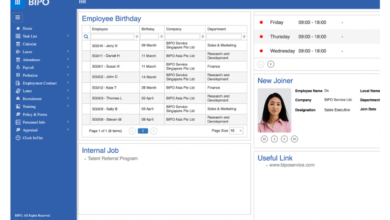Your Cash Flow Forecast and Capital Spending Plan

Introduction
In Chapter 6, you drafted your estimated Profit and Loss Forecast. While it tells you a lot about the big financial picture, it leaves you ignorant of many details. If you overlook one critical detail, you may go broke, even though your business seems profitable viewed from afar.
The crucial detail a business owner must manage is called “cash flow.” Cash flow is another term for the money coming into and going out of your business. Positive cash flow occurs when the money coming into your business exceeds the money flowing out, and negative cash flow is the opposite. In the day-to-day world of starting and operating your business, you will be at least as concerned about short-term cash flow as you will be about long-term profitability. After all, you don’t want your creditors to sue you because you can’t pay your bills even though your sales are increasing rapidly. One new business owner I know even wears a T-shirt that says.
Prepare Your Capital Spending Plan
Your capital spending plan includes all the things you have to buy before your business begins bringing in sales revenue, including opening inventory, fixtures and equipment, business licenses, deposits for the building lease, and whatever else you need
Open a computer file or take out a clean sheet of paper and write “CAPITAL SPENDING PLAN” at the top. Now, make a list of all the things you’ll have to buy before you open. This will enable you to make a good estimate of the cash you need to open your doors.
Prepare Your Cash Flow Forecast
Once you complete your capital spending plan, you’ll know how much money you need to open your doors. The next step is to estimate how much additional money you’ll need to survive the first lean months. The basic process we’ll use to make a Cash Flow Forecast is to start with the monthly profit (or loss) figures you developed in your Profit and Loss Forecast in Chapter 6. You’ll then make adjustments each month to the monthly profits to account for the time differences in collecting and spending money
Required Investment for Your Business
This chapter’s objective is to develop the amount of money you need to start or expand your business. That amount of money is the sum of two numbers:
- the total dollars you developed from the Capital Spending Plan, and
- the largest negative figure you developed on line 13 (Cumulative Net Cash) of the monthly Cash Flow Forecast. Make this calculation for your business. You’ll use this figure later when you write your plan summary and spell out your need for funds to start or expand your business.
Shabd Roop is an important concept in the study of Sanskrit grammar. It involves understanding the various forms of words based on their usage in sentences. Applying Shabd Roop in practice is crucial for mastering the language. Translation exercises can help in grasping the different forms of words and their contextual meanings. Composing original sentences using Shabd Roop rules enhances language proficiency and comprehension. By applying these principles, learners can develop a deeper understanding of the language’s structure and nuances. Embracing Shabdroop fosters a comprehensive grasp of Sanskrit and its intricate grammar.





